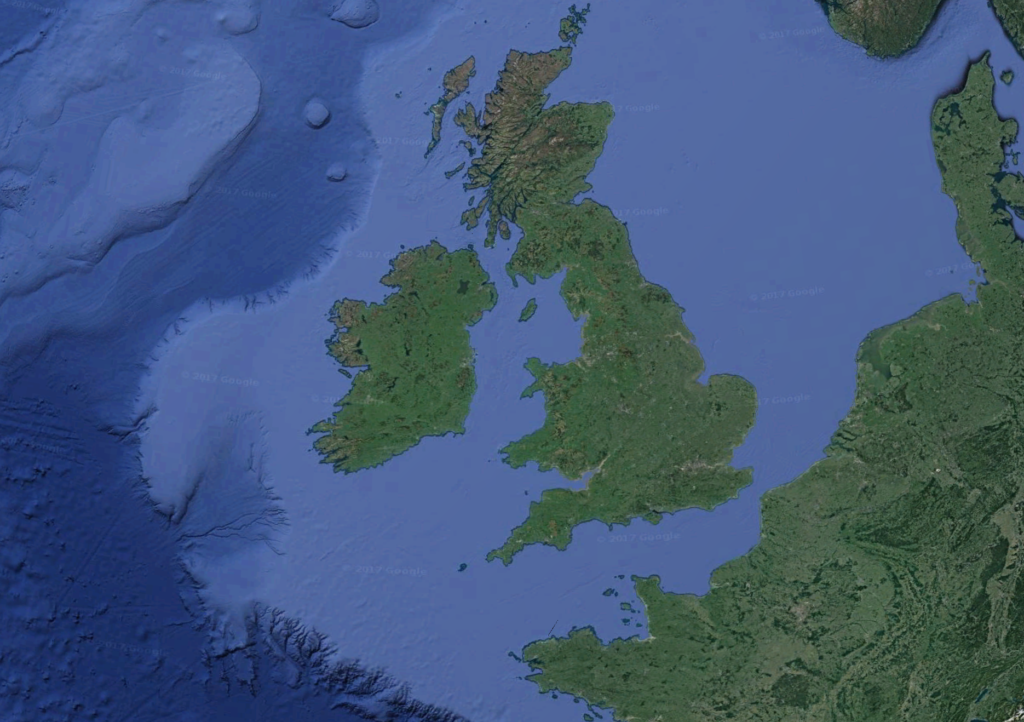How police could ‘predict’ fatal knife attacks
Written by News on 15/04/2019
Police could target areas of London which data has predicted as future hotspots of fatal stabbings, a study suggests.


A Scotland Yard detective manually plotted the locations of 3,506 non-fatal stabbings in 2016-2017 and compared them to the locations of the 97 London homicides in 2017-18.
Research, published in the Cambridge Journal of Evidence-Based Policing, suggested the amount of knife-related injuries over one year correlates with an increased risk of fatal knife attacks the next year.
Options for police could include increased stop-and-search measures in the hotspot areas.
Study co-author Professor Lawrence Sherman from the University of Cambridge said police IT should be used as a “daily crime forecasting tool”.
“Police IT is in urgent need of refinement,” he said. “Instead of just keeping case records for legal uses, the systems should be designed to detect crime patterns for prioritising targets.
“We need to transform IT from electronic filing cabinets into a daily crime forecasting tool.”
He added: “If assault data forecasts that a neighbourhood is more likely to experience knife homicide, police commanders might consider everything from closer monitoring of school exclusions to localised use of stop-and-search.
“Better data is needed to fight knife homicide.”
Mr Sherman said knife crime needs to be defined more closely. Currently, statistics do not distinguish between incidents without injury, such as flashing a knife during a robbery, and those when knives have inflicted physical harm.
Each assault was coded to a local census areas, some as small covering a few football fields.
More than half of London (2,781 areas) had no knife assaults at all in the first year. Of these spaces, 1% saw a homicide in the second year.
In the first year, 41 neighbourhoods had six or more injuries from knife assaults. The next year, 15% of those spaces went on to suffer a homicide the following year.
Detective Chief Inspector John Massey from the Metropolitan Police’s Homicide Command, who looked at the data, said: “These findings indicate that officers can be deployed in a smaller number of areas in the knowledge that they will have the best chances there to prevent knife-enabled homicides.”
The study warned the data should not be treated as an exclusive solution, but could be used to “enhance the effectiveness of scarce resources” when combined with other information.
The research found no single area in the 2017-18 financial year had more than one fatal stabbing – but 69% of the fatal knife attacks happened in areas where at least one non-fatal knife assault had taken place the year before.
It also established that in the 10 years up to 2018, there were 590 knife homicides across London spread over 523 different census areas. This suggests homicide locations are spread out.
The 41 most active areas in the study contained only 6% of the following year’s total knife deaths.
(c) Sky News 2019: How police could ‘predict’ fatal knife attacks






